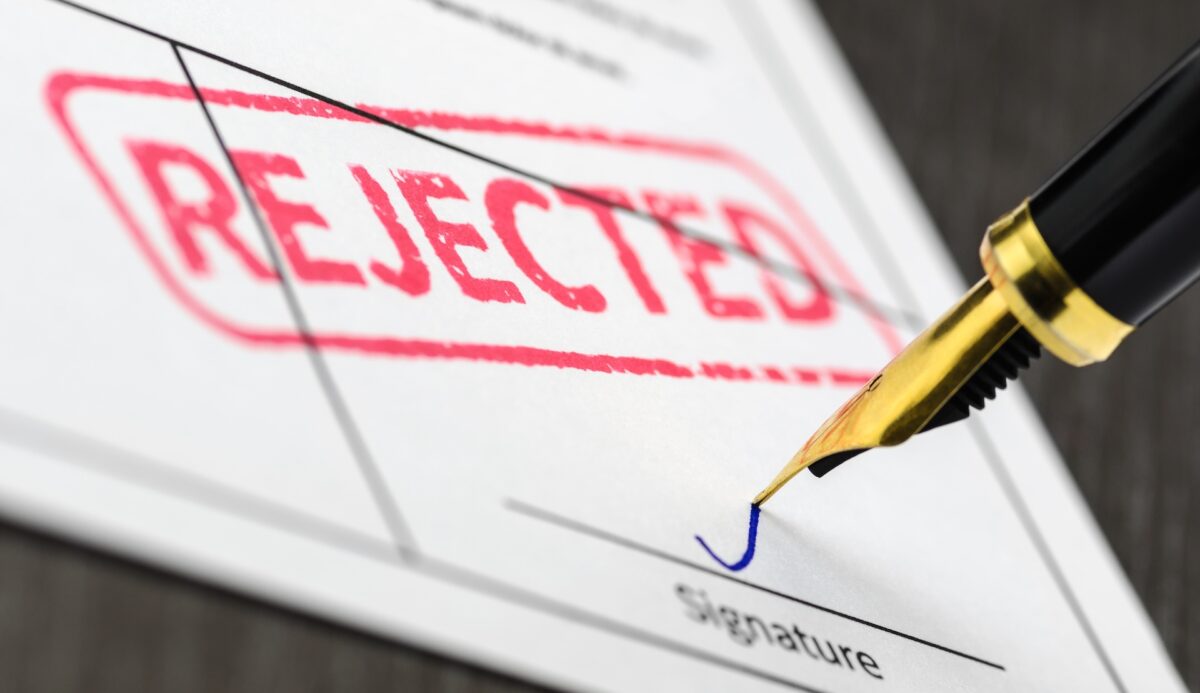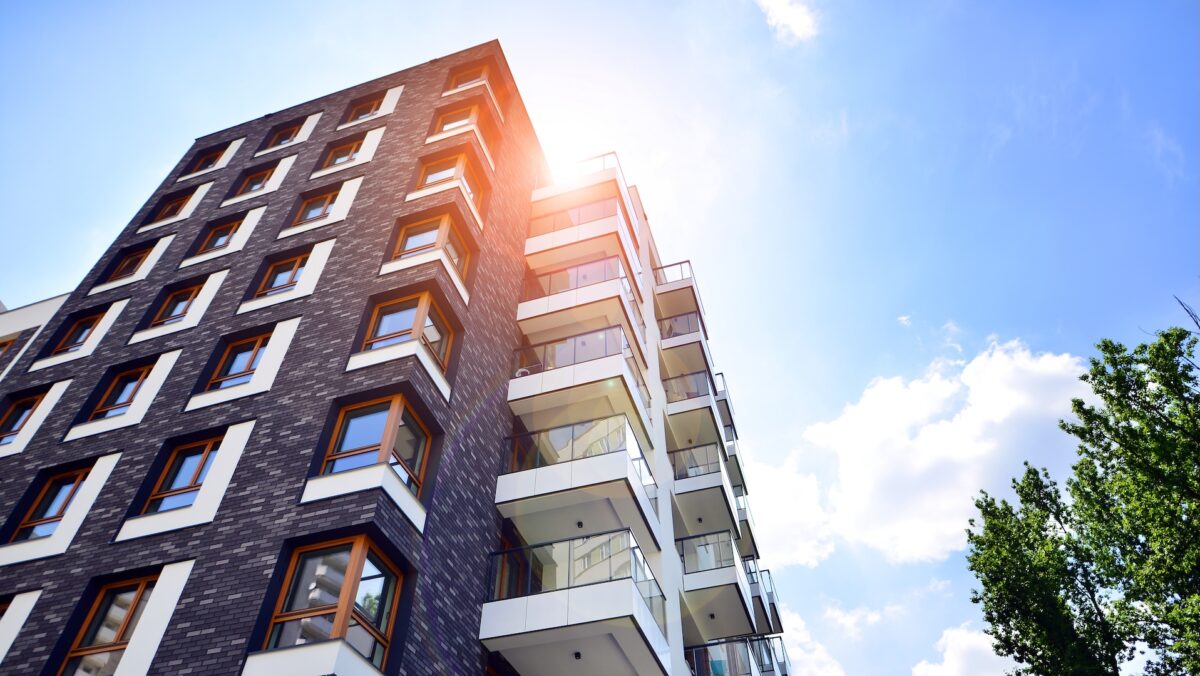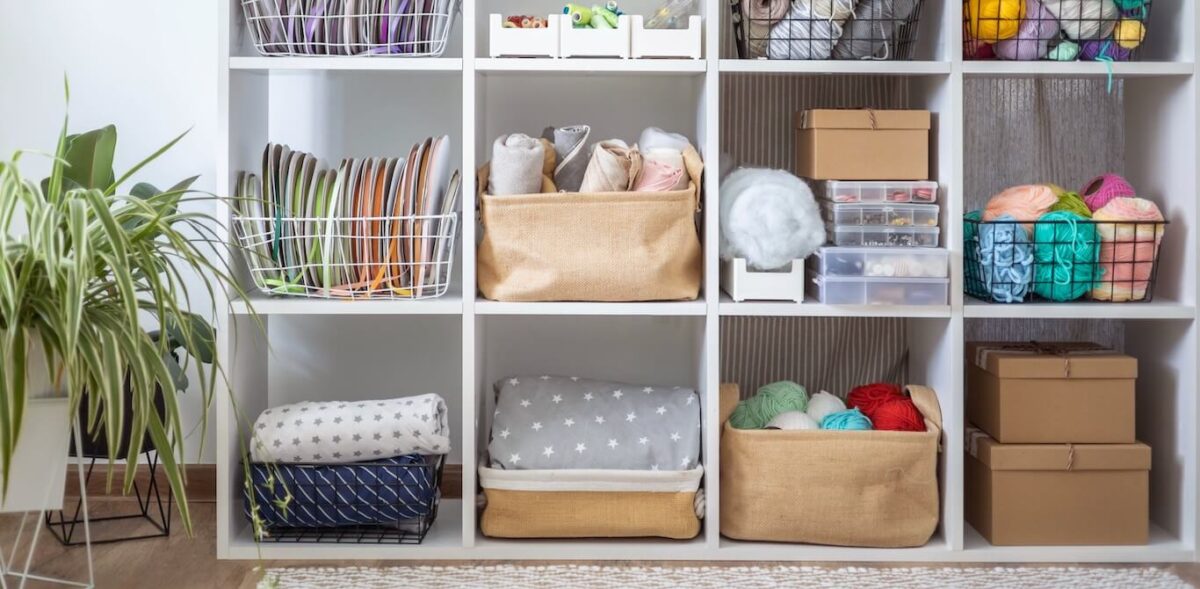Do you know where your food comes from? Studies have shown that in some areas, the answer can be thousands of miles away from where you live. But if you live in an apartment, there isn’t an easy solution for getting food closer to home. Or is there?
Whether you’re new to #plantparentlife or have a tried-and-true green thumb, an apartment vegetable garden can be a fun and easy way to take control of your nutrition and pick up a new hobby. Don’t let living in a small apartment limit your homegrown dreams — it’s time to put down roots!
Benefits of Growing Food in Your Apartment Garden
Whether from your home or someone else’s, eating locally grown food has many benefits, including:
- Vegetables you grow can have a better nutritional value than store-bought ones since they’re picked at peak ripeness.
- Growing your vegetables reduces transportation impact and lowers the carbon footprint of your food.
- Vegetable gardens encourage you to eat what’s in season.
- Growing your food can be cheaper and is more inflation-resistant than unpredictable grocery store prices.
How to Pick the Best Vegetables for Your Garden
The first step to building the apartment vegetable garden of your dreams is to decide which plants you will cultivate. Consider the following questions when turning your apartment vegetable garden ideas into reality.
1. What kind of weather do you have?
Different plants will thrive in different climates. From desert dryness to tropical temperatures, your regional environment will affect what type of plants will grow well in your garden.
One way to determine which plants will flourish in your area is to find your growing zone. Growing zones, or plant hardiness zones, are regions within the United States defined by the USDA. These zones help determine which plants will grow best in your region based primarily on temperature. Depending on where you’re located, there are also various international plant hardiness maps that you can use.
2. How many hours of sunlight do you get?
Flashback to elementary school science: plants use photosynthesis to convert sunlight into chemical energy, AKA plant food. The type of light your porch, patio, or window gets can significantly impact which plants will grow best there.
Direct sunlight
Do you have a south-facing porch with unobstructed sunlight? That’s direct sunlight. Plants that require full sunlight include tomatoes and most pepper plants.
Indirect sunlight
Do you have an east-facing window or porch that stays bright throughout the day, but the sun isn’t shining directly on your plants? That’s indirect sunlight. Indirect sunlight is excellent for some sensitive plants that can’t handle too much direct sunlight.
Most outdoor locations mix direct and indirect sunlight, also known as partial shade, which means the light shifts throughout the day.
Poor/mostly indoor sunlight
If you’re restricted to purely indoor growing, you still have options, like grow lights. They replicate UV light and can help supplement the sunlight for your plants. Grow lights come in many shapes and sizes, from a small single-plant style that looks like a book light to large panels that can cover big or multiple pots.
It can also be helpful to put your grow lights on a timer or invest in a smart outlet so you don’t have to manually turn them on and off daily. Remember that most vegetable-bearing plants require large amounts of sunlight, some up to 12 hours a day, for best results.
3. What time of year are you starting to plant?
Different vegetables will be best during different seasons. Some can be started as seeds in the winter, even indoors. Others prefer to be planted after the last frost has hit. If you’re feeling the urge to plant mid-winter, consider starting your seeds inside or satiate your growing needs with an apartment indoor herb garden.
4. What kind of things do you like to eat?
The most fulfilling vegetables to grow are those you and your family will enjoy eating. Consider growing things you eat most often to enjoy the fruits of your labor!
5. How strong are your green thumbs?
If it’s your first time planting a garden, consider seeking plants that require lower maintenance or are easier to grow. “Plant ‘em and forget them” low-maintenance plants will alleviate some of the frustration of keeping a garden, especially if it’s your first time.
6. How much space do you have?
Note very plant can use the same type of container. While leafy salad greens may be happy in a small container and scallions can be grown in a cup of water on your kitchen counter, watermelons and carrots prefer to be in large raised beds. Your space may limit you, but there are options for everyone!
7. How much time do you have?
Now’s the time to be honest. Are you looking for plants you can throw in a pot (or even purchase ready-to-plant) and harvest without much effort? Are you known for forgetting to water your plants? Or do you want to commit to transferring seeds, babying leaves, and examining for pests? The time you’re willing to spend on your garden will also help determine which plants you can grow well.
How to House Your Garden
The research part is finally done, and now you can get your hands dirty. But where will your plants live?
Containers
Container gardening is all about pots and, well, containers! These can be terracotta pots, plastic buckets, or whatever you have. These work best for small spaces with limited floor space but can be as large as you want.
Flower boxes
Flower boxes are larger boxes that can sit on the ground, or if it helps your plants reach better sunlight, straddle the railing of your porch. Consider flower boxes for smaller plants or herbs.
Raised beds
If you have a much larger space and your apartment complex permits it, consider raised beds. You will likely need to build these beds that replicate a plot of earth, but they can be as small or large as you want!
Hanging baskets
That’s right — some vegetables can be planted in beautiful baskets! Consider eggplants, cherry tomatoes, and cucumbers to upgrade your balcony to a beautiful hanging garden.
Get creative!
Have you stuffed a pile of reusable shopping bags in a closet? Plant potatoes in them! No special equipment is required. Some root vegetables are perfectly happy in shopping bags, laundry baskets, and even buckets.
Growing kits
No patio or poor sunlight? Does your apartment complex limit the number of plants allowed on your balcony? Consider using a kit for an herb garden in an apartment. Store-bought herbs dry out and are hard to use up before they go bad.
If you have a little planter sitting on your windowsill or kitchen counter with a grow light, you can just snip-snip what you need and spice up all your dishes. You don’t have to try to find a use for massive amounts of parsley anymore. Don’t stress about growing everything you eat. Every little bit helps.
The Dirt on Soil
The type of soil you use for your plants will depend on the kind of plants you have — and no, the dirt from your apartment complex’s green space isn’t ideal. If you’re starting with seeds, select specialty soil for growing seeds before transferring them to larger pots.
Select a standard potting soil if you have already-growing transplants that you’re moving into your containers. Potting soil comes packed with nutrients to give your apartment garden a head start. Additionally, it drains well to help keep roots from rotting when you water them.
Ready, Set, Grow!
Growing your own food can be a fun and satisfying summer project. If your current place doesn’t have the patio plot potential you need, ApartmentSearch’s advanced filters can help you find the south-facing space of your dreams. And if your home is in need of some fresh furniture to go with your new urban-farming lifestyle, consider furniture rental from CORT. Not only can you design the package that fits your life the best, but flexible plans allow you to change your style when needed. Plant yourself in a new place today!




